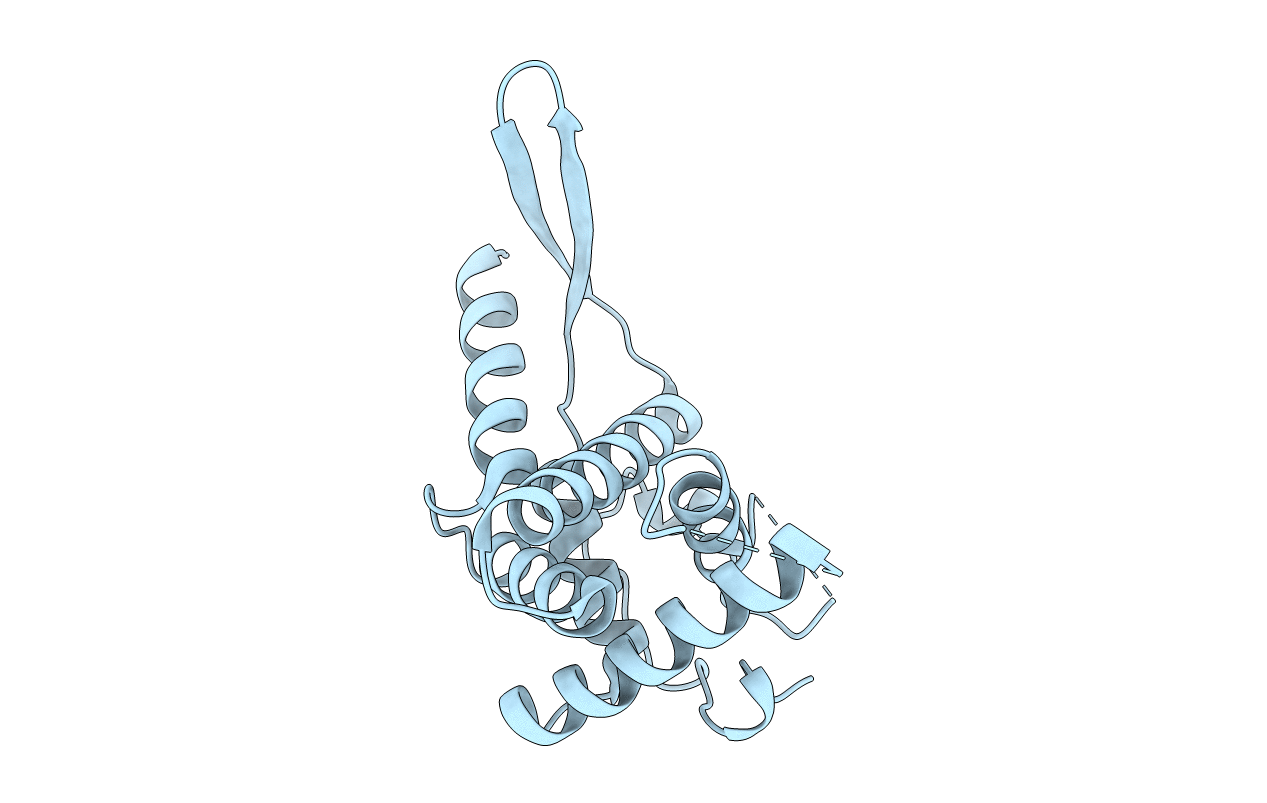
Deposition Date
2001-08-07
Release Date
2001-08-29
Last Version Date
2023-10-25
Entry Detail
PDB ID:
1IQV
Keywords:
Title:
Crystal Structure Analysis of the archaebacterial ribosomal protein S7
Biological Source:
Source Organism:
Pyrococcus horikoshii (Taxon ID: 53953)
Host Organism:
Method Details:
Experimental Method:
Resolution:
2.10 Å
R-Value Free:
0.23
R-Value Work:
0.19
Space Group:
P 32 2 1


